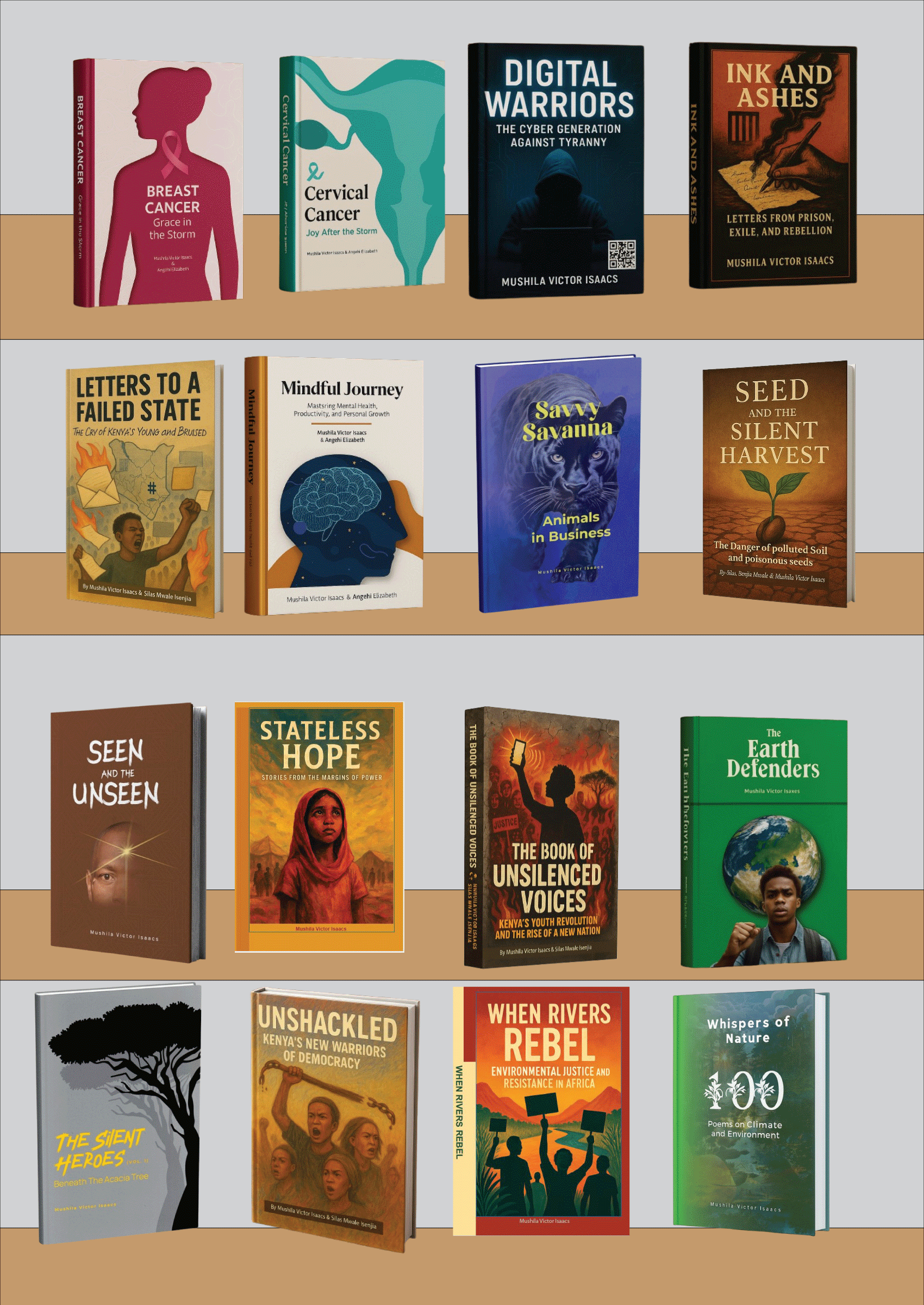It was the dawn of a new academic year at Green Compass School, and the energy on school was electric. The morning air was alive with the chatter of students reconnecting after the holidays, buzzed with excitement, catching up with friends and speculating about the year ahead. However, in the staff room, the atmosphere was evidently different. There, a more serious and focused discussion took place, setting the stage for a transformative chapter intended to transform school life to global impact, turning a student into a humanitarian and environmentalist who would inspire the world.
Mr. James, the headteacher, stood at the centre of a three-hour staff meeting. His voice, steady and firm, carried a vision that would soon define the year for Green Compass School and, potentially, the world.
He was a man whose presence commanded respect and admiration. He was tall and lean, always perfectly dressed in tailored suits that complemented his dignified character. A pair of wire-rimmed glasses perched on his curved nose, framing eyes that sparkled with curiosity and warmth. His salt-and-pepper hair, neatly combed back, lent him an air of wisdom. Despite his busy schedule, Mr. James was always accessible to anyone needing guidance or encouragement. And when he spoke about the future of Green Compass School, his voice carried a conviction that was impossible to ignore.
“This year,” he began, adjusting his glasses, “our focus is environmental consciousness. This will not be a mere campaign effort; it will be our identity, to be incorporated into every realm of our school’s activities.”
The staff exchanged fascinated glances as Mr. James elaborated on his plan. He emphasized the urgent need to nurture young people and the community who would grow into environmentally conscious citizens by not only teaching environmental stewardship but actively practice it.
During the school holidays, Mr. James attended the enlightening Sustainable Development Summit, which addressed global environmental challenges and left him profoundly concerned. The summit shed light on the root causes of environmental pollution, highlighting deforestation, waste disposal, the burning of fossil fuels for energy production, and agricultural practices such as the use of pesticides, herbicides, and fertilizers. It also emphasized on the widespread ignorance and lack of social responsibility and integrity among humanity.
Mr. James witnessed first-hand the alarming state of environmental degradation. Waste disposal in towns and streets had reached critical levels, with garbage littering roads and posing serious health hazards. He also observed water and soil pollution caused by plastics and other contaminants. A persistent question lingered in his mind: why have people chosen to remain irresponsible in a manner that endangers the livelihood of our planet and risks the lives of future generations?
Determined to make a difference, he resolved to lead by example as the head teacher of a school with sixty students and twelve staff members. He was committed to fostering a culture of environmental stewardship and social responsibility. Deeply moved by his experiences and the knowledge he had gained, Mr. James vowed to create a safe and nurturing environment for his students. He also decided to inspire positive change beyond the school’s walls and embrace the entire planet.
“Our planet is at a crossroads,” he continued, his tone growing more impassioned. “We are facing challenges of unprecedented scale: polluted air chokes our cities, plastic waste clogs our waterways, and deforestation and carbon emissions fuel the relentless march of climate change. It is our responsibility to prepare young people who will not just understand these issues but will lead the charge in addressing them. Green Compass School will be a beacon of hope and action.”
“I propose we establish three pathways,” he announced. “Each pathway will align with our goal of environmental stewardship while tapping into the unique strengths of our staff and students.”
He outlined the pathways with precision. The STEM Pathway focused on science, technology, engineering, and mathematics, led by Madam Mercy, a passionate and innovative teacher with a knack for inspiring young minds. The Social Sciences Pathway was dedicated to exploring agriculture, nutrition, social studies, and life skills under the capable guidance of Mr. George. Finally, the Arts and Sports Pathway encompassed English, Oral Narrative, Poetry, Novella, and Plays, led by Madam Phoebe, known for her ability to turn ideas into impactful action.
Each pathway was designed to inspire students to think critically, act locally, and envision globally. The room erupted in applause as Mr. James concluded. The mission was set, and the teachers felt the weight of its importance.
“We will integrate environmental consciousness into every lesson,” Mr. James continued. “But more than that, our students must take what they learn beyond the classroom. They must engage with families, the community, and the world at large. And let me assure you that any worthwhile project will have the full backing of this administration.”
The room buzzed with inspiration, and a shared determination filled the air.
Later that day, as golden afternoon sunlight streamed through the windows, illuminating the eager faces of the students, Esther sat by the window. Her gaze drifted to the sprawling slum beyond the school’s boundary.
Esther, a bright and thoughtful student, looked out at Deepa slum, a settlement of rusty iron sheets and makeshift homes. Uncollected trash lined its narrow alleys, filling the air with a rotten stink. The nearby Vale River, once a source of life, had become a toxic stream, its waters dark and filthy from untreated industrial waste. For Esther, the environmental degradation was personal. Her younger brother, Asamba, suffered from chronic asthma, worsened by the thick haze of smoke and dust that hung over their community.
Esther’s thoughts often wandered to the streets she called home. The dusty alleys and crowded lanes were filled with laughter and resilience but also spoiled by neglect. Trash piled high on street corners, the air thick with pollution, and the nearby river a flowing mass of pollutants. The few who make it to camps often arrive hollowed out by the weight of survival.
Determined to make a difference, Esther rallied classmates and teachers. They began clean-up drives, tree-planting efforts and community outreach. “Our Earth needs defenders,” she told them. Their small acts rippled outward, stirring neighbours, local shops, and eventually other schools. The movement grew.
[Chapter continues…]

